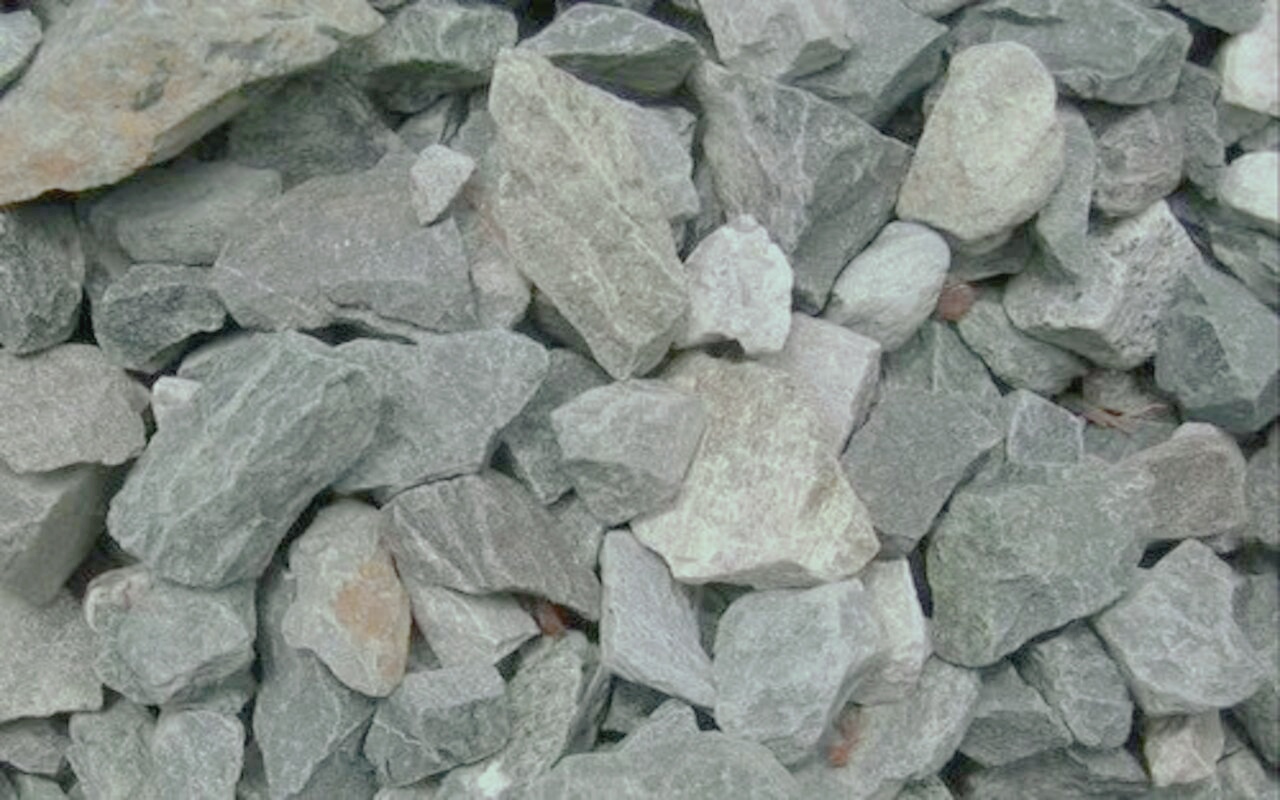Acid test on stone is conducted to check the quality of stone.

Table of Contents
Introduction Of Acid Test On Stone
Stone is the key building component. The construction industry relies heavily on building stones as they are one of the most important components in the construction of buildings, bridges, and monuments.
It is essential to test building stones for their quality and durability, as it can help determine their suitability for different types of construction. One such test is the Acid Test on Stone.
The Acid Test on Stone is a simple test that helps determine the presence of calcium carbonate in building stones.
Calcium carbonate is a mineral that is commonly found in building stones and is responsible for their strength and durability. Keep in mind that excessive amounts of calcium carbonate can make a stone prone to weathering and erosion, making it unsuitable for use in construction.
Test Procedure
The Acid Test on Stone involves taking a sample of the building stone weighing between 50 to 100 grams.
The stone is then placed in a solution of hydrochloric acid having a strength of one percent. The stone is left in the solution for seven days and is agitated at regular intervals. During this period, the acid reacts with the calcium carbonate present in the stone, causing it to dissolve.
After the seven-day period, the stone is removed from the solution and rinsed thoroughly with water.
The surface of the stone is then examined to determine its quality. A good building stone will maintain its sharp edges and keep its surface free from powder at the end of the test.
If the edges are broken, and powder is formed on the surface, it indicates the presence of calcium carbonate. Such a stone will have poor weathering quality and may not be suitable for construction.
Significance of Acid Test On Stone:
The Acid Test on Stone is an essential test as it helps determine the quality and durability of building stones.
The presence of excessive amounts of calcium carbonate in a stone can make it prone to weathering and erosion. This can result in cracks, disintegration, and deformation of the stone over time, which can compromise the stability and safety of the structure it supports.
The test is particularly useful for sandstones, as they are prone to containing large amounts of calcium carbonate. Sandstones with high calcium carbonate content tend to erode rapidly, making them unsuitable for use in construction. The Acid Test on Stone can help identify such stones and prevent their use in construction.
Sum Up
The Acid Test on Stone is a simple yet effective test that helps determine the quality and durability of building stones.
The test can help identify stones that are prone to weathering and erosion, ensuring that only the best quality stones are used in construction.
This test is particularly useful for sandstones, which are prone to containing high levels of calcium carbonate. By conducting this test, construction professionals can ensure the safety and longevity of the structures they build.
Faqs
Yes.
